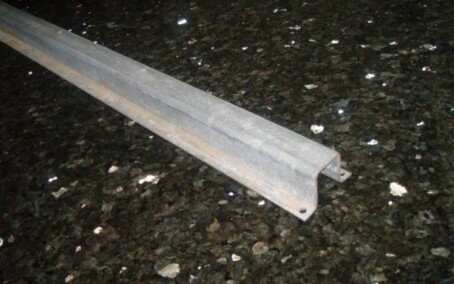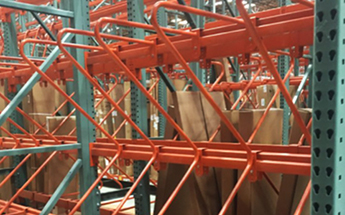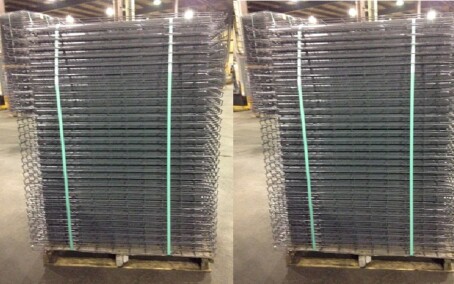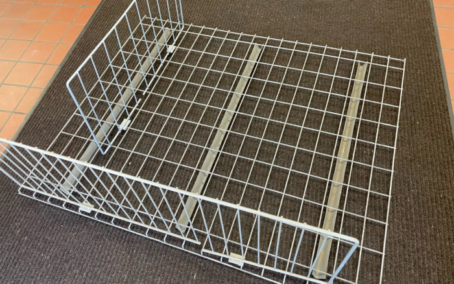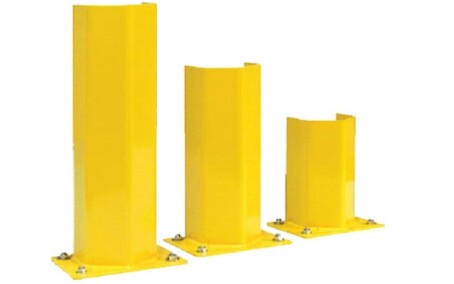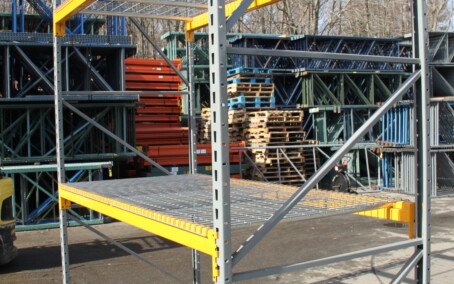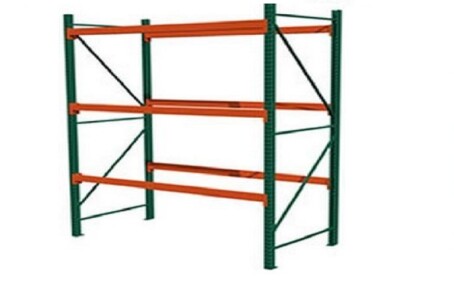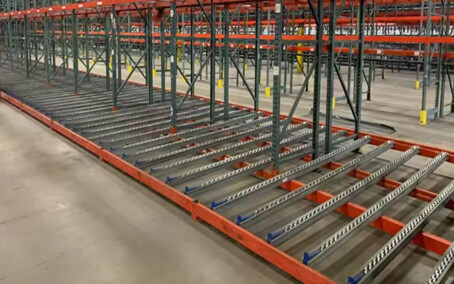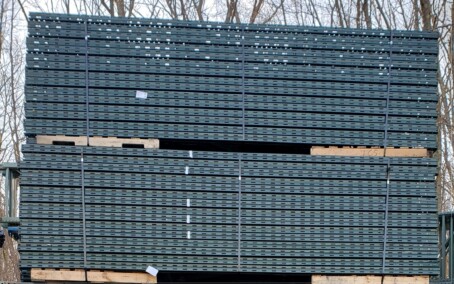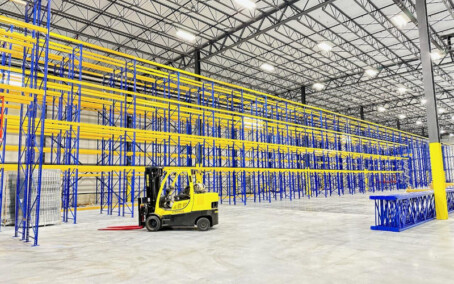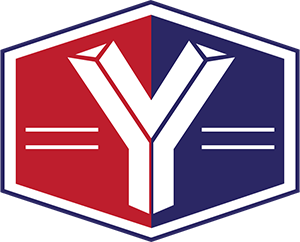Enhanced Structural Integrity With Hat Shaped Pallet Supports
Hat shaped pallet supports are a critical component for improving the stability and strength of pallet racking systems in industrial environments. These uniquely designed supports help evenly distribute the weight of stored goods, reducing stress on racks and preventing damage to products. By incorporating these durable supports, businesses can ensure safer operations, minimize maintenance, and maximize the lifespan of their racking systems.
Reinforcing Pallet Stability
The unique hat shape of these pallet supports distributes weight evenly across the rack, minimizing the risk of pallet deformation. This design not only protects the structural integrity of the pallet but also ensures that loads remain stable during storage and handling. Whether supporting lightweight items or heavy industrial goods, these supports prevent shifting and sagging, reducing the likelihood of product damage and maintaining overall warehouse organization.
Enhancing Racking Systems
Hat shaped pallet supports are specifically engineered to enhance the performance of racking systems. By bridging gaps between beams, these supports provide additional reinforcement for pallets, ensuring a more even load distribution. This added strength minimizes wear and tear on racks, reducing maintenance costs and prolonging their usability. The integration of pallet supports also helps optimize space utilization, allowing facilities to safely store heavier loads without compromising rack stability.
Improving Safety And Stability
Safety is a top priority in warehouses and industrial facilities, and hat shaped pallet supports play a significant role in creating a secure environment. By reinforcing racking systems, these supports help prevent shifting or collapsing, which could lead to costly accidents or damaged inventory. Their design also ensures that pallets remain firmly in place, reducing the risk of items falling during loading or unloading. This added stability helps maintain compliance with safety standards and protects both workers and valuable products.
Durable Construction For Demanding Environments
Manufactured from high-quality materials such as steel, hat shaped pallet supports are built to withstand the rigors of industrial use. These supports resist bending under heavy loads and maintain their shape over time, ensuring consistent performance in demanding conditions. Corrosion-resistant coatings further enhance durability, making them suitable for environments where moisture, temperature changes, or exposure to chemicals are common.
Customization For Specific Applications
Hat shaped pallet supports are available in various sizes and configurations to suit the needs of different operations. From standard dimensions to custom designs, businesses can select supports that fit seamlessly into their existing systems. Adjustable features and compatibility with various racking styles ensure that these supports meet specific requirements, whether for small-scale storage solutions or large warehouse operations. This flexibility allows facilities to tailor their setup for maximum efficiency and reliability.
Simplified Installation And Maintenance
Installing hat shaped pallet supports is a straightforward process, minimizing downtime during setup. Their modular design allows for easy integration into existing systems, and their lightweight yet sturdy construction simplifies handling. Routine maintenance, such as inspections and cleaning, ensures these supports remain in excellent condition, providing consistent performance over time. This ease of use makes them an ideal choice for facilities prioritizing both efficiency and reliability.
Supporting Scalable Growth
As warehouses and industrial facilities expand, hat shaped pallet supports provide the scalability needed to accommodate growth. By reinforcing racking systems, these supports allow businesses to safely increase storage capacity without compromising stability. Whether managing seasonal surges or long-term expansion, these supports ensure operations remain efficient and secure.
Hat shaped pallet supports deliver superior load distribution, enhanced safety, and unmatched durability for industrial racking systems. Their ability to optimize storage setups while supporting scalability makes them a vital tool for any facility seeking to improve efficiency and maintain a secure, organized environment.
Cost-Effective Storage Solutions
Investing in hat shaped pallet supports delivers long-term value by enhancing the efficiency and reliability of your storage systems. Their durability reduces the need for frequent replacements, while their ability to prevent pallet damage minimizes losses associated with product breakage. By improving load stability and optimizing rack performance, these supports help businesses achieve greater productivity and lower operational costs.
Hat shaped pallet supports provide a practical and reliable solution for improving warehouse efficiency and safety. By reinforcing racking systems, protecting pallets, and supporting a wide range of load types, these supports play a vital role in modern industrial operations. Whether upgrading existing storage systems or planning new installations, these pallet supports offer the strength and versatility needed to meet demanding operational requirements.


